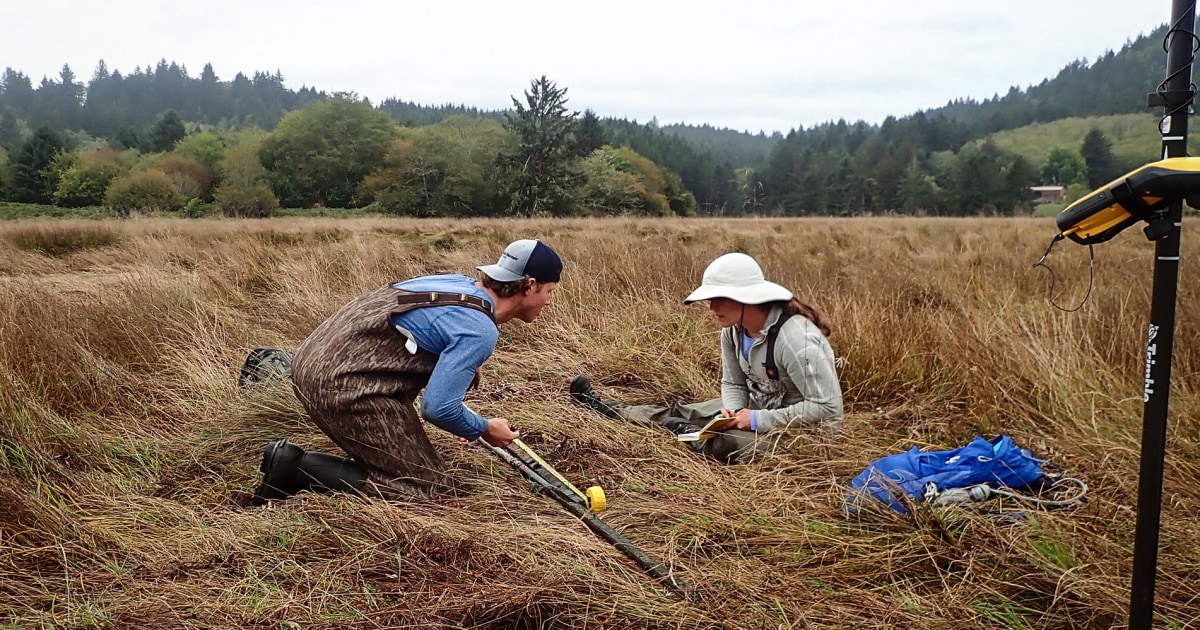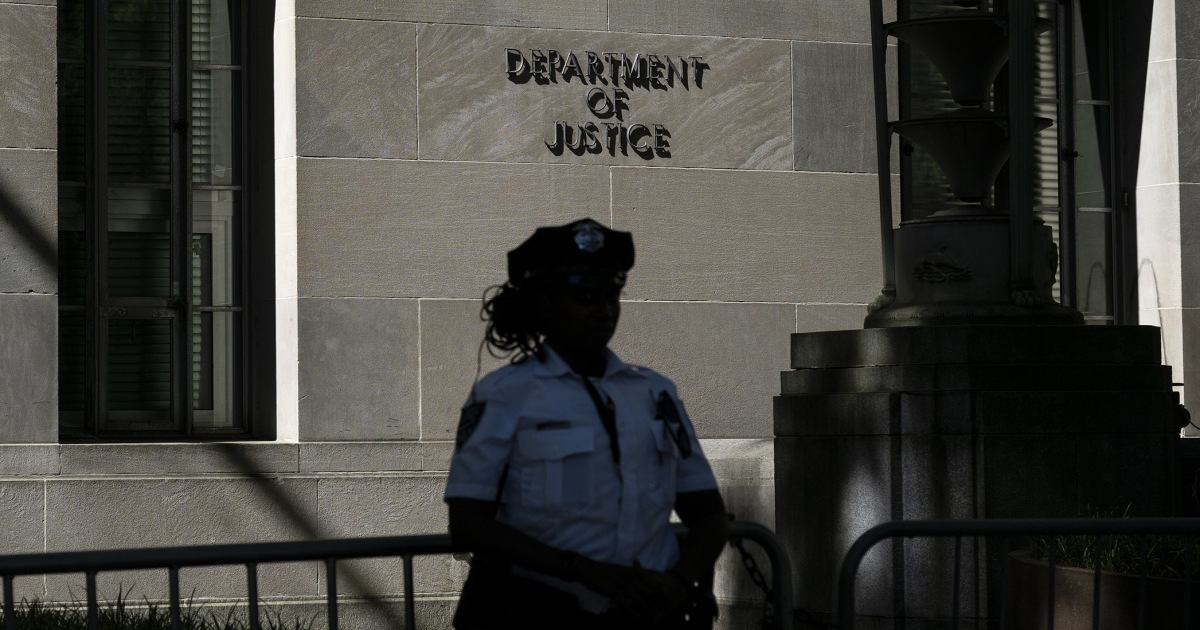Living in a tree-filled neighborhood may be as beneficial to the heart as regular exercise, new research shows.
Researchers at the University of Louisville designed a clinical trial that followed hundreds of people living in six low- to middle-income neighborhoods in South Louisville, Kentucky. They used blood and other samples to better understand how their heart risks changed before and after the team planted thousands of mature trees near their homes.
Results from the Green Heart Louisville Project’s HEAL Study, released Tuesday, showed that people living in neighborhoods with twice as many trees and shrubs had lower levels of a blood marker associated with heart disease, diabetes and some types of cancer compared with those who lived in more tree-bare neighborhoods.
“We are trying to see if we can decrease the rates of heart disease in a community,” said Aruni Bhatnagar, a professor of medicine at the University of Louisville, who led the project.
Most previous studies showing the effects of nature on mental and physical health are observational and can’t answer whether people who live in green communities are healthier because they’re wealthier and have access to better health care.
The HEAL study was set up with a control group and an intervention, meaning something measurable that some of the participants were exposed to during the study but not before.
Bhatnagar and his team recruited about 750 people living in a 4-mile area of South Louisville cut by a highway. The residents were 25 to 75 years old.
Nearly 80% were white, and 60% identified as female. Half reported average household incomes of $50,000.
The researchers collected blood, urine, nail and hair samples, as well as health data, from each person before they began their intervention.
Then, from 2019 to 2022, they planted nearly 8,500 evergreen trees, 630 deciduous trees — the type that lose leaves in the fall — and 45 different types of shrubs in parts of the 4-mile study area, leaving others untouched.
Last year and this year, they took new samples from residents living in both areas.
People living in the intervention areas had 13% lower levels of high-sensitivity C-reactive protein, a blood marker associated with heart disease, including stroke, coronary artery disease and heart attack. The drop was similar to starting a regular exercise routine, Bhatnagar said.
“I wouldn’t have expected such a strong biomarker response, and that speaks to maybe something truly is causal here with how trees impact health,” said Peter James, director of the Center for Occupational and Environmental Health at the University of California, Davis School of Medicine, who wasn’t involved in the new research.
How trees can improve physical health
Previous research has shown spending time in green spaces boosts mental health.
The new study showed the connection between living among more trees and physical health.
Trees provide shade and cool the areas where they’re planted, helping quell the urban heat effect that disproportionately affects low-income neighborhoods and neighborhoods of color. Hot weather aggravates heart disease and can cause heatstroke in people without pre-existing conditions.
Trees also buffer noise, which is linked to higher rates of cardiovascular disease, James said.
“They provide areas for people to relax, exercise, and probably more importantly, socialize,” Joan Casey, an environmental epidemiologist and associate professor of environmental and occupational health sciences at the University of Washington, said in an email.
“They also replace other health-harmful land uses, like industrial sites,” she said.
Because one of the city’s major highways cuts through the study area, Bhatnagar and his team believe, trees’ ability to filter air pollution and buffer neighborhoods from constantly breathing in harmful particles could be a primary way the tree-planting intervention appeared to lower inflammation markers in people living in greened areas.
During the study, the project planted trees only in the parts of South Louisville that had the worst air quality. It took air quality samples before the project, and it is still analyzing how the new tree cover has affected pollution. It’s a complex undertaking, because air quality fluctuates based on the weather — a windy day might increase or decrease air pollution in certain areas, depending on the direction of the wind, and air pollution is worse on hotter days.
The project plans to plant trees in the control group neighborhoods in another three or four years if the intervention neighborhoods continue to show positive results. It also wants to determine whether tree cover improves sleep or children’s immune systems by encouraging outside play.
“There is no sort of ultimate proof,” Bhatnagar said. “But this is the strongest evidence of any study that’s ever been done on trees and their relationship to health.”
Growing evidence shows the importance of ensuring green spaces are equitably distributed around cities, which is currently not the case.
Casey said it’s important that city planners be careful not to create “green gentrification” when they create more equitable access to green spaces in cities — that is, when spaces such as water fronts are restored and housing prices increase as a result, making it unaffordable for current residents to continue living there once a green space is completed.
“The take-home message here is that nature is not an amenity; green spaces are not a perk for the wealthy. They are essential for us as human beings,” James said.
Kaitlin Sullivan
Kaitlin Sullivan is a contributor for NBCNews.com who has worked with NBC News Investigations. She reports on health, science and the environment and is a graduate of the Craig Newmark Graduate School of Journalism at City University of New York.

 9 months ago
9 months ago
 (200 x 200 px).png)








 English (US) ·
English (US) ·